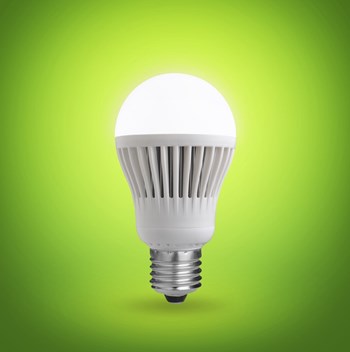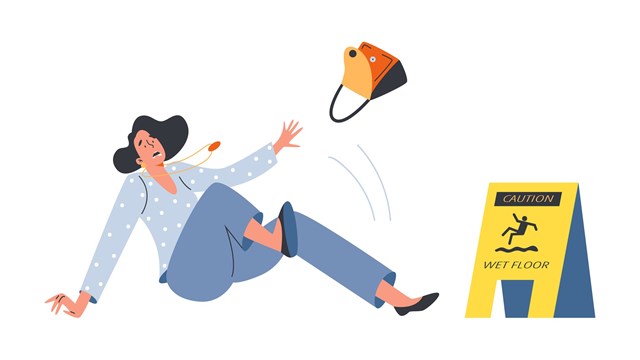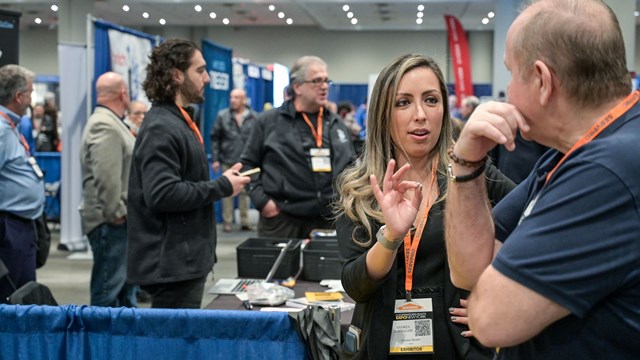
There’s probably not a condo, HOA or co-op board that doesn’t worry about money at some point or another, which is why staying on top of the latest money-saving opportunities is vital for any building or community to be successful. One of the biggest ways to save money is to cut energy costs, and there are a number of things that can be done.
“Probably the most important thing an existing building can do to improve energy efficiency and sustainable strategies is to get a buy-in and an overarching commitment from the owners or management company,” says Kelsey Mullen, director of residential business development for the U.S. Green Building Council (USGBC). “If sustainability is a priority the building owners will have a better time justifying the initial expense of green measures. Yes, these measures do cost additional money but the payback time can be very attractive.”
It’s not just those in charge who can make a difference. Individual residents can do their part in saving energy and money, and at the same time lower their carbon footprint and help to preserve the environment.
“If residents ask for greener buildings, the industry will respond and create more,” Mullen says. “We are seeing a difference in demand for green in the new home and new apartment market. More of this type of demand will create more supply of what tenants want.”
Here are 10 tips from top energy experts that can help with energy cost savings.
1: Get an energy audit:An energy audit is an assessment of your homes insulation, heating/cooling equipment, and overall “building envelope” can help you figure out what improvements to make first. A professional will analyze the building and recommend a set of measures to improve energy performance. “These might include the commissioning of mechanical equipment (tuning the equipment to operate optimally), air sealing the exterior, replacing inefficient fixtures or bulbs, etc.,” Mullen says. “This audit is the best strategy for making the best decisions. Without this you might make some good decisions but with an audit, you’ll better understand the most impactful things you could be doing.”
2: Think of Common Areas: It is essential that board members develop energy conservation plans for common areas and administration facilities that address sustainability and economy. “Install switch plate ‘occupancy sensors’ in proper locations to automatically turn lighting off when no one is present, and back on when people return,” says Deborah Fleischer, president of Green Impact, a leader in helping communities with sustainability methods. “This can be done in community rooms, hallways and any common areas that aren’t always in use.” Additionally, installing a programmable thermostat for heating and air conditioning in these areas will help save as well, as they can be lowered during downtimes. Fleischer adds that eliminating “vampire energy” by unplugging printers, electronics and other devices when not in use can save 5 to 15 percent in energy charges per month.
3: Install LED Lighting:A decade ago, installing LED lights was met with some hesitation as they gave off a strange blue hue and didn’t provide the brightness necessary to light hallways and rooms effectively. However, there have been some dramatic advancements in these light-emitting diode bulbs, which most experts see as the future of lighting. LED is an energy-efficient, semi-conducting light source and uses 75 percent less electricity than the standard incandescent light bulbs, and LED bulbs last 50 times longer than standard bulbs, saving you money. “This is really a revolution we are seeing,” said Terry McGowan, director of engineering and technology for the American Lighting Association. “LEDs offer more energy savings compared to other types of bulbs, which means it doesn’t consume as much power. Furthermore, it is offering years of service since LEDs will last a maximum of 100,000 hours. That’s nearly 10 years of good use.” Plus there is an affordable price tag to go with it, so the value is unquestioned.
4: Or… Go with CFLs: Another lighting option that will help save money is the addition of compact fluorescent lights (CFLs), which are high-efficient and cost-efficient light bulbs and can be used in many areas throughout an HOA, such as walkways, offices, elevators, hallways, parking garages, pools and exit signs. “Each bulb will save about $50 over the course of its lifetime and the simple ones only cost around $2,” says Craig Muccio, who runs the Conservation Research & Development program at the Florida Power & Light Company (FPL). “Some CFL bulbs for special indoor and outdoor applications are more expensive, but CFLs deliver very high value for the investment.”
5: Residents Can Do Their Part: Mullen suggests instituting a call-to-action plan where residents agree to do their part. Most residents can improve on energy savings (depending on what the building owner will allow) by replacing light bulbs, showerheads, and by choosing low VOC paints. People in South Florida love their air conditioners, but don’t go overboard. Cool your home with the thermostat fan switched to auto and raise your thermostat to 82 degrees or warmer when you’re away. Also, it’s a smart idea to have your A/C unit serviced every year for preventive maintenance and to ensure it is operating at peak performance. “Identifying opportunities to manage energy use more effectively puts homeowners in control of their finances and their personal impact on the environment,” he says. “Most importantly, communicating the advantages of responsible stewardship benefits everyone, supports association goals and strengthens community participation.”
6: Install Film on Windows: Changing out windows can be a costly endeavor, so if there’s not enough money in the budget to install energy-efficient windows, a smart alternative is to use interior window Low-E (low-emissivity) films. Energy films block 97 percent of UV rays and 70 percent of thermal infrared light. This will help keep heat gain from getting in during the summer months and retain warmth better in the winter. Additionally, installing high R-value insulating shades for windows that can reduce conductive, convective and radiant heat loss while reducing air infiltration, light, and noise is also highly recommended.
7: Wash Your Clothes the Right Way: Whether you have washers and dryers in individual units or a community laundry room, there are a number of things you can do to save energy. According to Florida Power & Light, you should adjust the water level on your washing machine to match the load size, especially when using hot water. Also, always use a cold rinse. For the dryer, be sure to clean the lint filter before every new load, as this will dry your clothes faster and save on energy costs. For communities with laundry rooms, never use air conditioning in the rooms. When dryers are in operation they exhaust air from the room and if the room is air-conditioned, the exhausted air is conditioned air, which is expensive and wasteful.
8: Add Reflective Roofing:This might not be something that associations think about unless they are getting roofing work done, but according to Kay Swaysland, office manager of Swaysland Professional Engineering Consultants, Inc. in Fort Lauderdale, this is something that can be done at any time. “Even if the roof is in good shape, you can still put a reflective coating on it, which will help cool the building and reduce the energy use,” she says. “Choosing a white, highly-reflective membrane can increase the reflectance of the roof to 80 percent or more, which helps save on the overall cost of HVAC usage. FPL offers incentives for reflective roofing.”
9: Save with the Pool:In South Florida, many communities have a swimming pool and even though the temperatures get very hot, more and more people seem to like the pools heated these days. According to the U.S. Department of Energy, for those that do heat their pool, taking some small steps can help save on energy costs. Perhaps the most important step is to cover the pool when not in use. Water evaporates from pools, and one of the best ways to reduce evaporative heat loss is with the cover. Also, if you are using electric heat to heat your pool, you can cut your cost by more than 60 percent by replacing the electric resistance heater with a heat pump.
10: Use Ceiling Fans: A great energy savings idea is to install energy-efficient ceiling fans throughout the property, which will cool a home in warm months and circulate warm air in the cooler months. According to the U.S. Department of Energy, a lot of people don’t truly understand how ceiling fans work. “In the summer, one should use the fan in a counter-clockwise direction so that when you stand directly under the fan, you will feel a cool breeze. The airflow produced creates a wind-chill effect, making you feel cooler,” a spokesperson with the organization says. “In the winter, one should reverse the motor and operate the ceiling fan at low speed in the clockwise direction to produce a gentle updraft, which forces warm air near the ceiling down into the occupied space.”
Keith Loria is a freelance writer and a frequent contributor to The South Florida Cooperator.






Leave a Comment